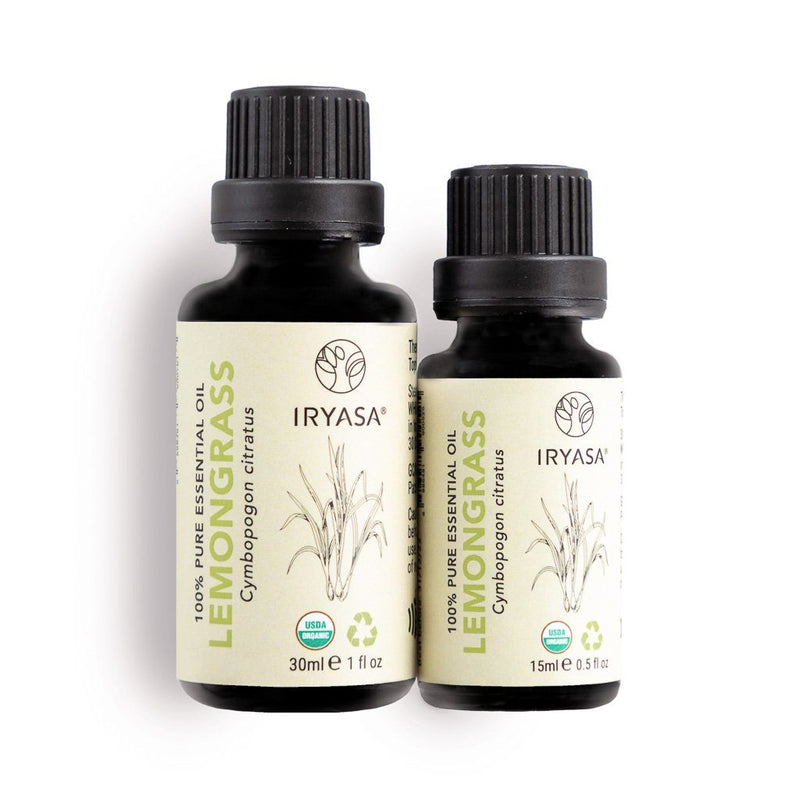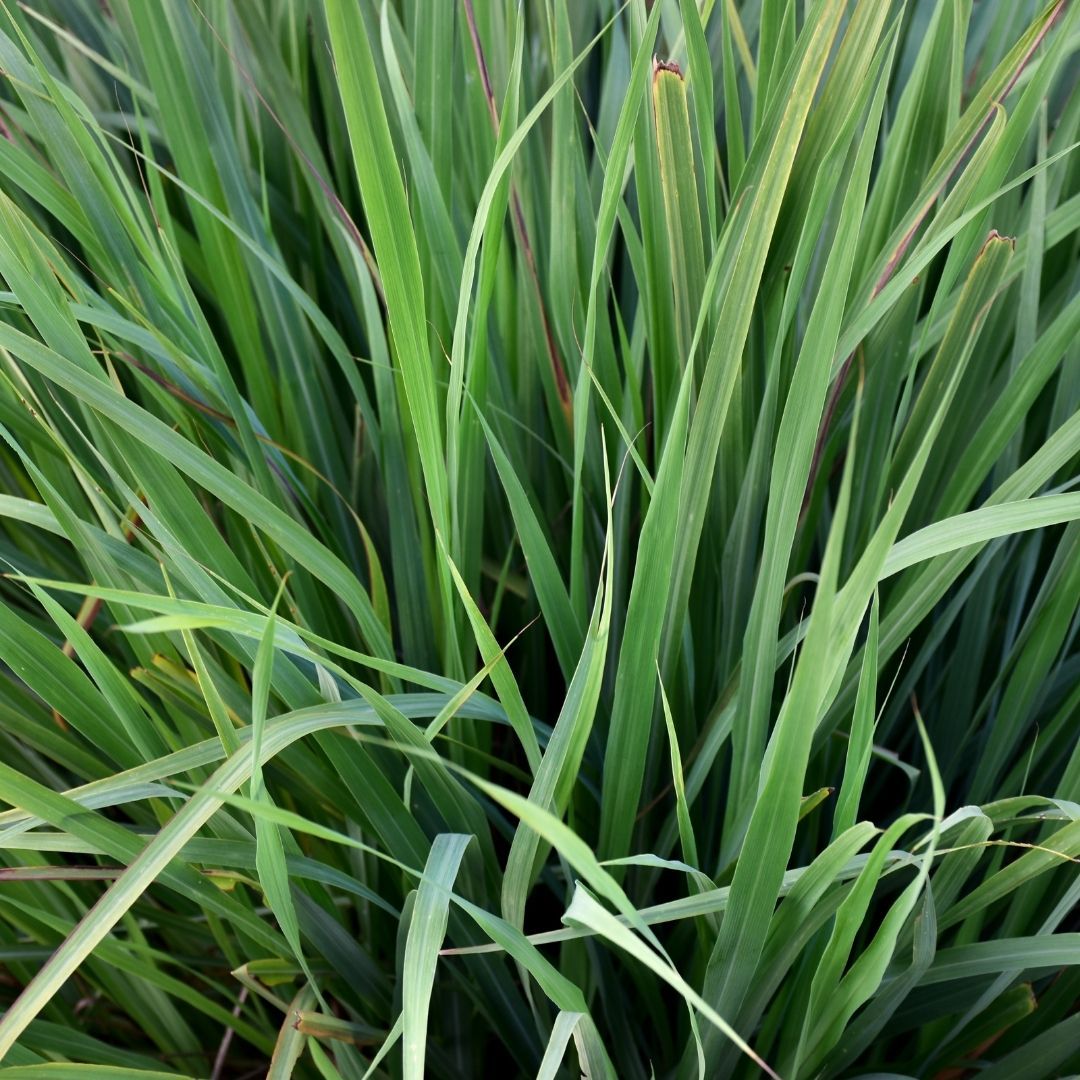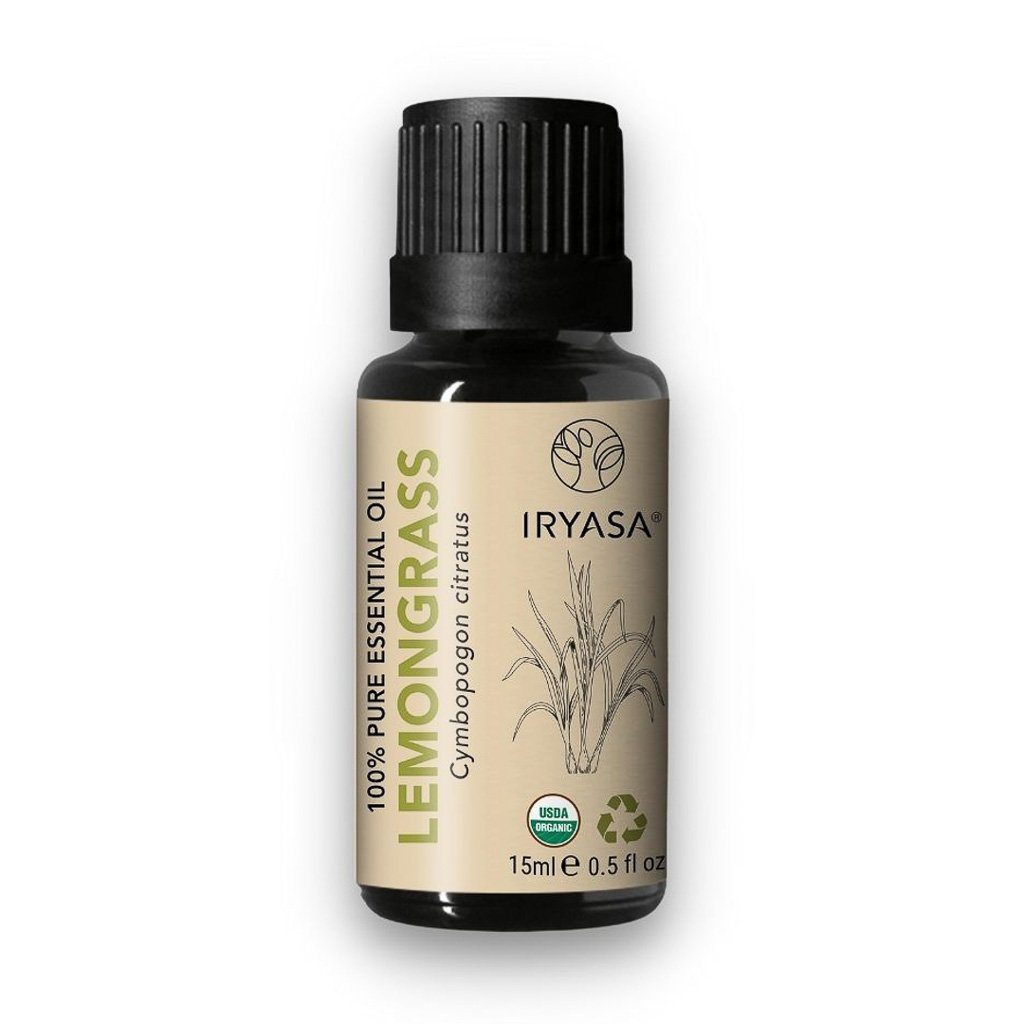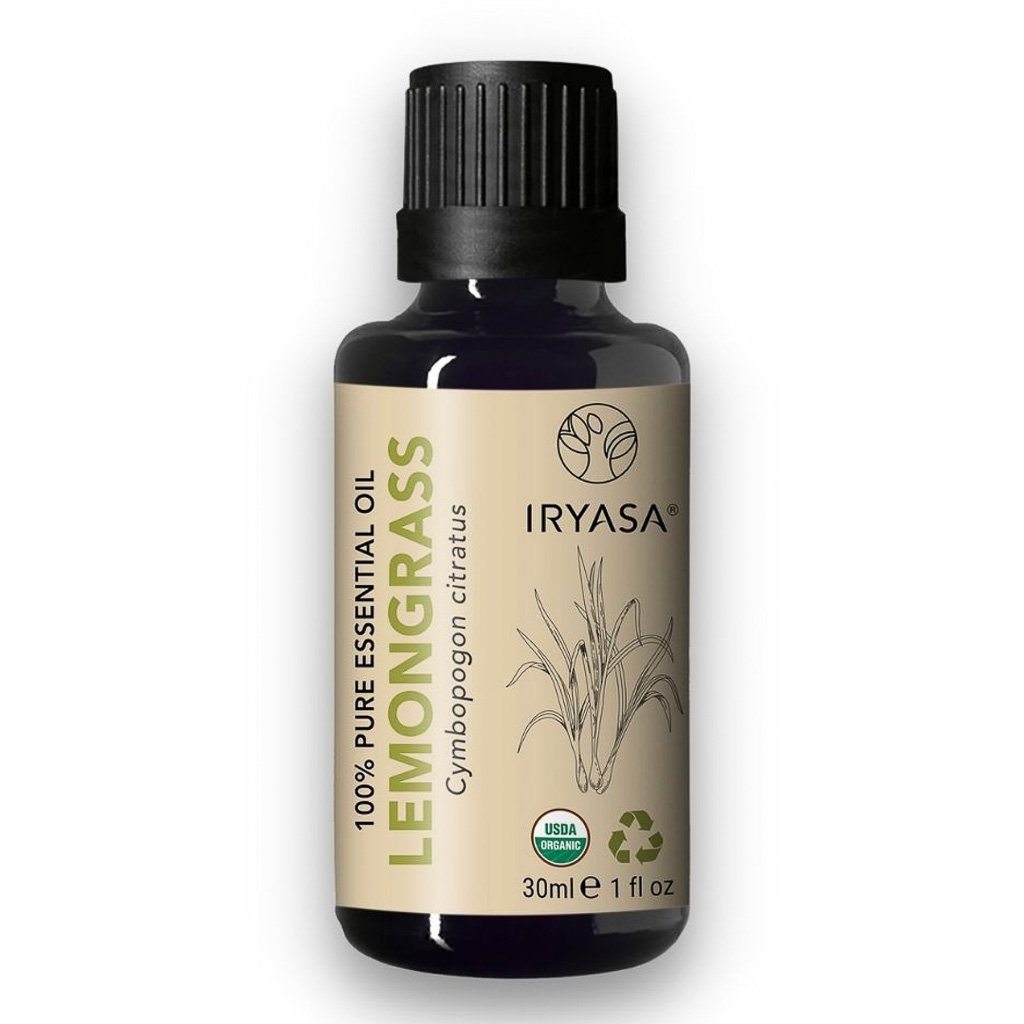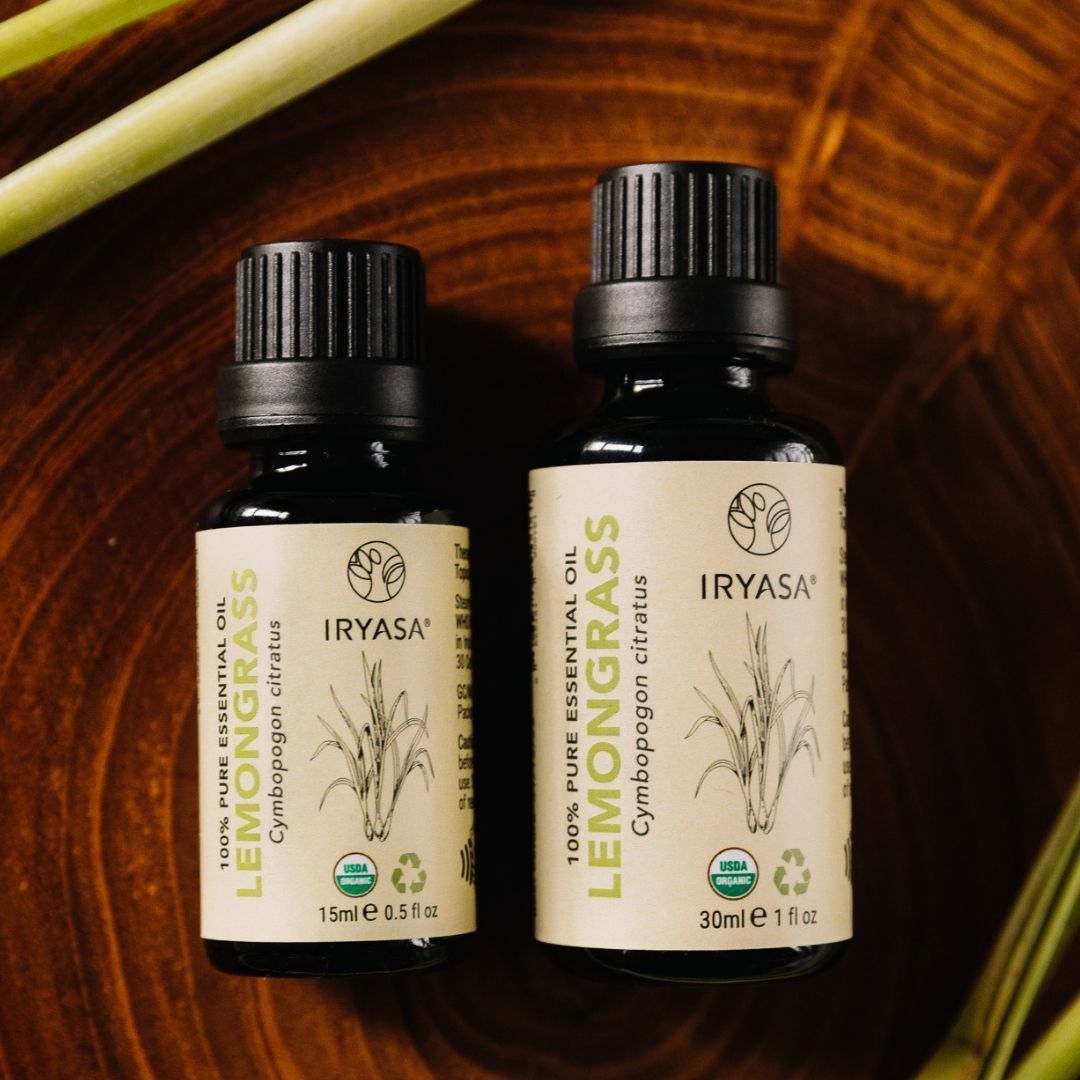- Lifts your spirits when feeling low, calms the mind, reduces stress and depression
- Acts as a powerful deodorant and an insect repellent; protect humans and animals from fleas, ticks and lice
- Rich in antiseptic properties, this purifying skin & hair tonic provides shine to the hair when added to shampoos
- When added to a massage oil blend, it improves blood circulation; helps eliminate lactic acid accumulation; soothes muscular aches and joint pains
Note: Our 15ml and 30ml sizes are packaged in biophotonic glass and powered with NFC for exclusive product experience














